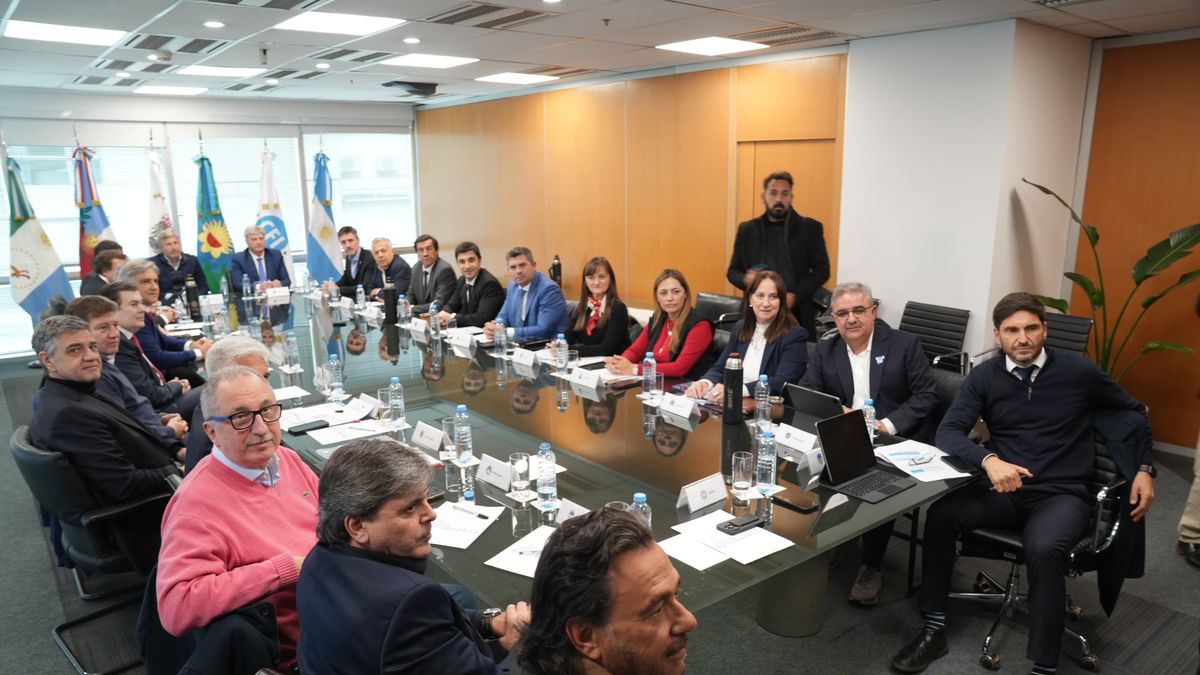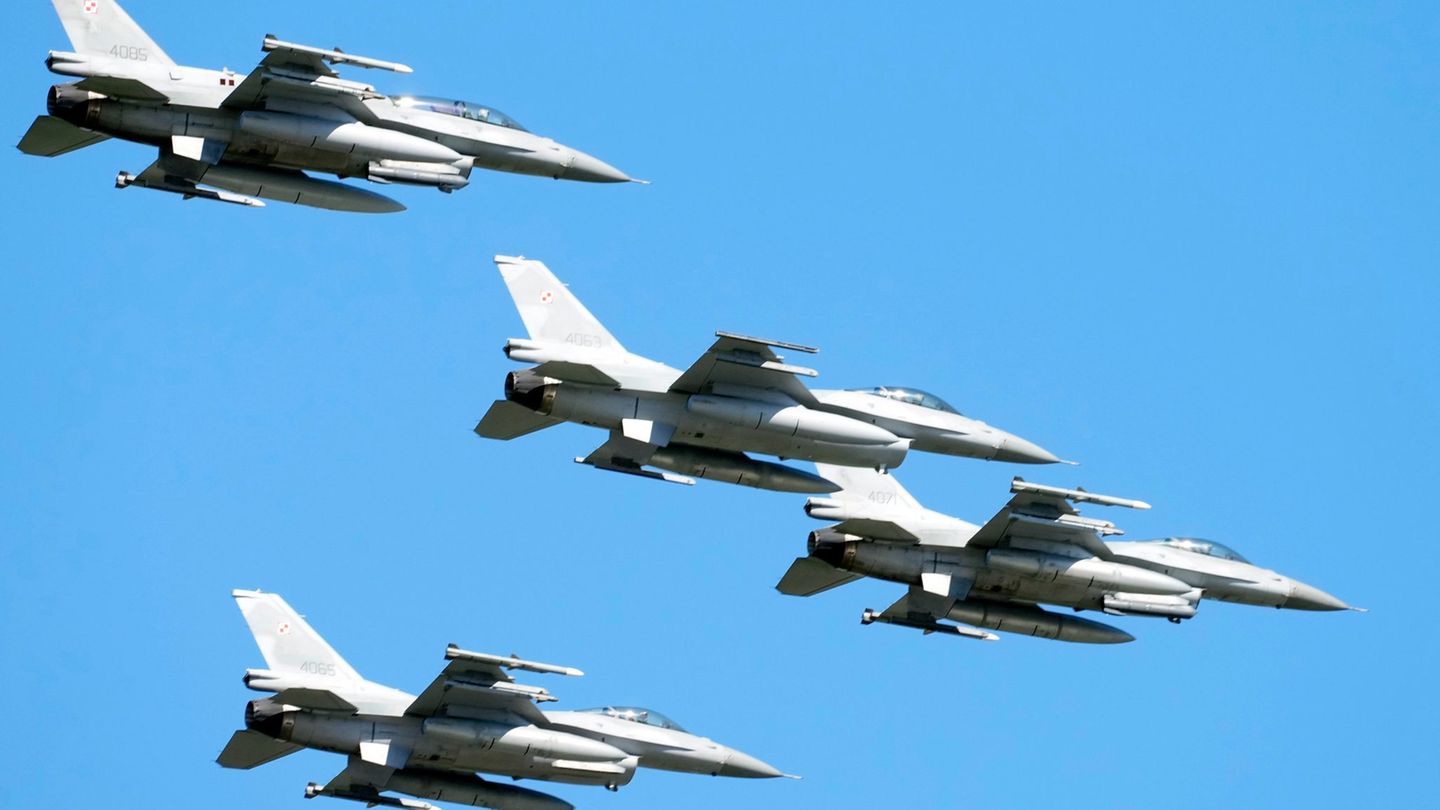It’s just a part of the fund that finances such transfers that nurtures 1% of the collection Coparticipable taxes. According to the consultant specializing in provincial economic data, only 20%was spent.
That is, yet There is 80% of resources that the government does not send to the governors, Although strictly speaking, they have no obligation to do so since it is formally about emergencies that have the greatest degree of discretion.
The bottom of the ATN is precisely what is under discussion with the provincial leaderss. You never spend completely. As estimated The consultant, from 2017 to date only 30% was executed of the same what values updated by inflation gives a sum of $ 4.3 billion.
That is why the province for the Senates managed to present a bill for that money to be distributed completely. It is not clear what will happen if everything is distributed together with the co -participation, as the central government could attend a province in case of a catastrophe.
In relation to At 2025, the Fund ATN totaled between January and June $ 451,048 million; Therefore, the execution of this was 20.2% in located above the first semesters of 2023 and 2024, although below 2022 and 2021, among others. Therefore, the ATN fund has a remnant without executing in this 2025 for $ 360,048 million.
What were the provinces that received money
The distribution of ATN usually obeys short -term needs because of natural catastrophes qThey sometimes imply extraordinary expenses that the provinces cannot face at the time. However, there is also a certain degree of political discretion according to the situation.
In the first half of the year the governor who received more assistance was Rolando Figueroa de Neuquén, with $ 15,000 million. It is followed by Axel Kicillof, from Buenos Aires, with $ 10,000 million. Further back Salta received $ 9,500 million; Santa Fe, $ 9,000 million; Tucumán, $ 8,500 million; Santa Cruz, $ 8,000 million.
On the other hand, Chubut obtained $ 7,000 million; Black River, $ 5,000 million; San Juan, $ 4 billion; Catamarca, $ 3.5 billion; Entre Ríos, Mendoza and Misiones, $ 3 billion each and Chaco, $ 2.5 billion.
According to Politikon Chaco, if it is considered only The remnants during the current government management, total $ 1.2 billion at current prices: $ 0.9 billion of 2024 and $ 0.3 billion of the partial of 2025. This is equivalent to 30% of an average month of automatic transfers of the 2024-2025 period.
Source: Ambito




